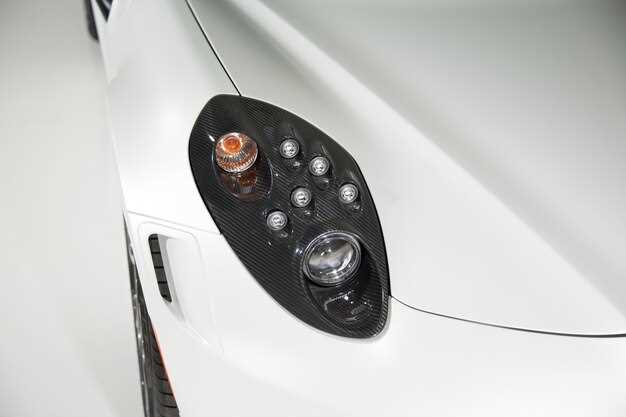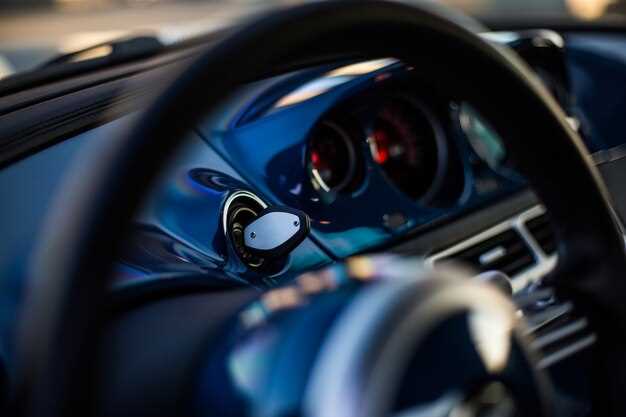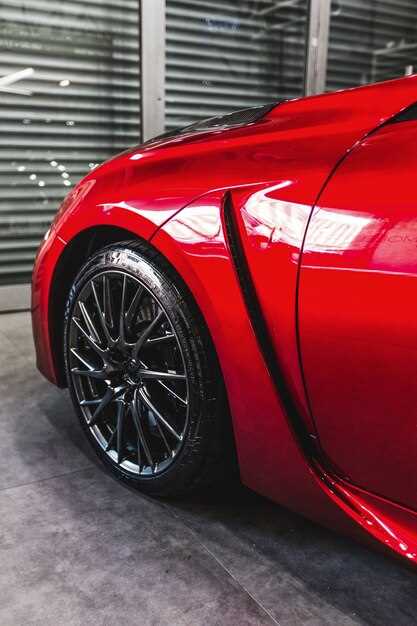
When it comes to sports cars, excellence is not just a matter of speed or horsepower; it encompasses a range of attributes that collectively define what makes a sports car truly remarkable. These vehicles are engineered for performance, but they also embody aesthetics, technology, and driver engagement. Understanding the key features that contribute to sports car excellence allows enthusiasts and potential buyers to make informed decisions and appreciate the nuances that separate exceptional vehicles from the rest.
One of the first aspects to consider is the powertrain. A sports car’s engine should not only provide impressive acceleration but also deliver a thrilling auditory experience. From high-revving naturally aspirated engines to sophisticated turbocharged setups, the heart of a sports car plays a vital role in its appeal. Close-ups of the engine bay often reveal advanced engineering techniques that enhance performance and efficiency, ensuring a perfect balance between raw power and drivability.
Another crucial feature is handling dynamics, which significantly impacts the driving experience. A well-tuned suspension system, coupled with precise steering, allows for superior control and responsiveness, making every corner an exhilarating adventure. The materials used in construction, often lightweight and strategically placed, further enhance agility and stability. In sports cars, close-ups of suspension components and lightweight frameworks illustrate the dedication to performance-oriented design.
Finally, one cannot overlook the interior and technological innovations that contribute to a sports car’s excellence. These vehicles prioritize driver experience through intuitive controls, premium materials, and cutting-edge technology that syncs with the driver’s needs. Features such as advanced infotainment systems and customizable displays add to the high-performance ethos, ensuring that every drive is not only about speed but also about comfort and connectivity. In essence, close-ups of the interior showcase the fusion of luxury and functionality that defines modern sports cars.
Performance Metrics: Acceleration and Top Speed Insights
In the realm of sports cars, acceleration and top speed are two pivotal metrics that define overall performance and driving experience. These figures offer enthusiasts a glimpse into the capabilities of the vehicle and its engineering prowess.
Acceleration refers to how quickly a sports car can increase its speed from a standstill, typically measured from 0 to 60 mph (0 to 100 km/h). This metric reflects the vehicle’s power-to-weight ratio, engine torque, and transmission efficiency. For instance, a sports car capable of achieving this sprint in under four seconds demonstrates advanced engineering and performance tuning. Close-ups of the engine and drivetrain reveal the intricacies that allow for such rapid acceleration, including turbocharging, lightweight materials, and aerodynamics.
On the other hand, top speed indicates the maximum velocity a car can reach under optimal conditions. It is influenced by several factors such as engine output, aerodynamics, and gear ratios. High-performance sports cars can often achieve speeds exceeding 200 mph (320 km/h), making them exhilarating on both track and open roads. Close-ups of the car’s design elements, including spoilers and air intakes, illustrate how every detail contributes to reducing drag and enhancing stability at high speeds.
Ultimately, understanding these performance metrics is essential for anyone considering a sports car. They not only reflect the manufacturer’s commitment to excellence but also enhance the thrill of driving, making each journey an unforgettable experience.
Design Elements: Aerodynamics and Aesthetic Appeal

In the realm of sports cars, design elements are critical in blending aerodynamics with visual appeal. Exceptional sports cars are crafted to excel in performance while captivating the eye. Key to this are the intricate details that enhance both functionality and beauty.
Aerodynamics plays a pivotal role in minimizing drag and maximizing stability at high speeds. The sleek contours of a sports car are designed with precision to allow air to flow smoothly over the body, which not only improves fuel efficiency but also enhances handling. Details such as front splitters, rear spoilers, and diffusers are implemented strategically to create downforce, ensuring optimal contact with the road.
However, the aesthetic appeal cannot be overlooked. A well-designed sports car must evoke emotion and desire. Designers meticulously select paint finishes, body shapes, and interior embellishments that resonate with the brand’s identity. Details like the curvature of the headlights or the texture of the upholstery contribute to a sensory experience that draws enthusiasts in.
Ultimately, the fusion of aerodynamic functionality with visual allure defines sports car excellence. These elements not only enhance performance but also establish a distinguished presence on the road, embodying the spirit of speed and style.
Technology Innovations: Advanced Driving Aids and Connectivity

In the realm of sports cars, technology has become a critical component not only for performance but also for enhancing the overall driving experience. Advanced driving aids and connectivity features play a vital role in defining the excellence of modern sports cars. These innovations contribute to safety, precision, and driver engagement.
One of the key aspects of advanced driving aids includes a range of systems designed to assist drivers under various conditions. These systems can be categorized as follows:
- Adaptive Cruise Control: This feature automatically adjusts the car’s speed to maintain a safe distance from the vehicle ahead, optimizing comfort during long drives.
- Lane Keeping Assist: Using sensors and cameras, this system monitors lane markings and gently helps steer the vehicle back into its lane if it drifts.
- Blind Spot Monitoring: This technology alerts drivers to vehicles in their blind spots, enhancing safety during lane changes.
- Traction and Stability Control: These systems enhance performance by adjusting power output and braking to maintain optimal grip during acceleration and cornering.
Connectivity is another significant aspect of modern sports cars. The integration of smart technology allows drivers to stay connected while on the road. Key features in this domain include:
- Infotainment Systems: Advanced systems come with touchscreens, voice recognition, and smartphone integration, enabling access to navigation, music, and communication.
- Over-the-Air Updates: Manufacturers now offer the ability to update vehicle software remotely, ensuring that the car’s systems are always up to date without needing a dealer visit.
- Telematics: Many sports cars are equipped with telematics systems that provide real-time data on performance metrics, diagnostics, and even driver behavior.
- Emergency Assistance Features: In the event of an accident, these systems can automatically alert emergency services, providing critical details about the vehicle’s location and condition.
In conclusion, the fusion of advanced driving aids and connectivity technologies not only enhances the driving experience of sports cars but also plays a crucial role in improving safety and vehicle performance. These innovations exemplify the commitment of manufacturers to push the boundaries of automotive excellence.





